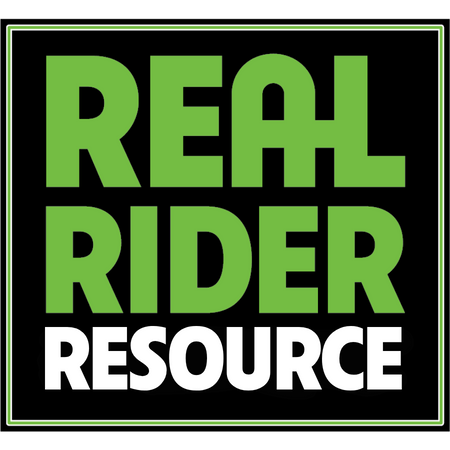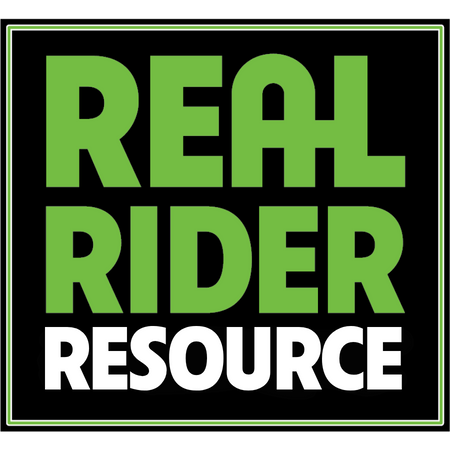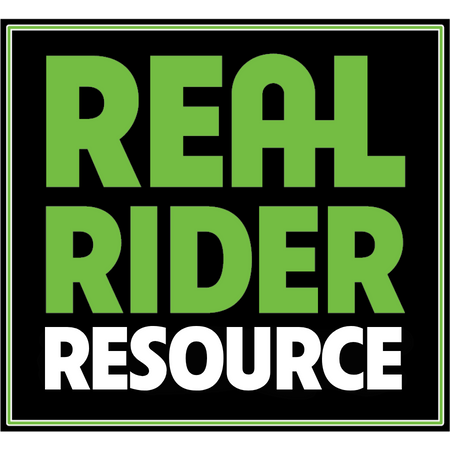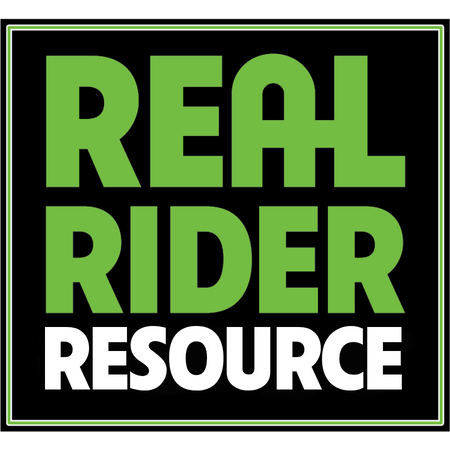Prehabilitation for Horses: The Everyday Routine That Prevents Problems
Prehabilitation makes a horse harder to injure and easier to keep ready. Think simple, repeatable habits: mobility, soft-tissue priming, conditioning blocks, and hydration discipline—done calmly, without the zing.
Speakable summary: Prehabilitation is a short, calm routine that keeps joints mobile, primes soft tissue, and builds resilience—so small issues never become big ones. Do it before work, travel, and shows for reliable, show-safe readiness.
What “Prehab” Means (Plain English)
Prehabilitation is training your horse’s body to resist injury. It’s not fancy; it’s consistent. You’ll combine gentle mobility, sensation-free soft-tissue support, and smart workload progressions to keep tissues elastic, joints moving, and minds quiet.
When you use a sensation-free liniment pre-ride, you get soft-tissue support without heat or sting—horses stay focused and relaxed.
The 12-Minute Daily Flow
1) Walk-in & Joint Range (3–4 minutes)
Start with an easy walk: large circles, straight lines, and a few gentle in-hand turns. Aim for smooth, quiet range—not stretch contests.
2) Soft-Tissue Prime (2–3 minutes)
Apply a light pass of Draw It Out® 16oz Gel to high-load areas (forearms, gaskins, hamstrings, lumbar) and move immediately—no wait time, no tingle.
3) Neuromuscular Wake-Up (3–4 minutes)
Pick two: raised walk poles, backing three straight steps, tiny figure-eights, or hill walk if available. Keep it crisp and short.
4) Set & Go (2 minutes)
Mount and flow into your normal warm-up. The prehab should feel like a calm green light—not a separate workout.
Conditioning Blocks That Build Resilience
Use 2–3 short conditioning blocks per week layered on your normal work. Example options:
- Elasticity Day: walk poles, light lateral work, long-and-low transitions.
- Strength Day: short hill sets or ground rails at trot, big walk with posture.
- Recovery Day: long walk, sensation-free liniment pass, hand graze.
If something pinches, shorten duration before you lower quality. Smooth movement first, volume second.
Pre-Show & Travel: Arrive Loose, Not Lethargic
Day-before shows: keep the flow light, focus on relaxation and range. After hauling, do a five-minute walk, a quick Draw It Out® Gel pass, then simple patterns to restore balance.
Barn-Ready Checklist
- Timer or watch (keep the flow short).
- Ground poles (flat or slightly raised).
- Draw It Out® 16oz Gel (sensation-free).
- Cryo Massage Ball for targeted rolling.
- Travel plan: five-minute post-haul walk and reset.
When to Loop in a Pro
Stop and consult your veterinarian or qualified bodyworker if you notice persistent asymmetry, heat, swelling, reluctance to move, or behavior changes. Prehab should feel smooth and repeatable—never like you’re pushing through a red flag.
Draw It Out® 16oz High Potency Gel
Shop 16oz GelMasterMudd™ EquiBrace
Shop MasterMudd™Cryo Massage Ball
Shop Cryo Massage BallPrehabilitation FAQs
What is equine prehabilitation?
Simple, consistent habits that build resistance to injury: mobility, soft-tissue priming, smart conditioning, and calm hydration/travel routines.
How is prehab different from warm-up?
Warm-up prepares for today’s ride. Prehab prepares for the entire season—short, repeatable actions that keep tissues elastic and joints moving day after day.
Can I use liniment before riding without “zing”?
Yes—use a sensation-free option like Draw It Out® Gel. It supports soft tissue without heat or sting, so horses stay calm and focused.
How long should the daily prehab take?
About 12 minutes total. Keep it crisp. If you’re short on time, do the walk-in, a light gel pass, and one neuromuscular drill.
What changes for winter or seniors?
Extend the walk-in by a few minutes and emphasize smooth range. Keep volume modest but frequent; prioritize quality over duration.
When should I call my vet or bodyworker?
Any persistent asymmetry, heat, swelling, or behavior change—stop and consult. Prehab should never mean pushing through warning signs.










